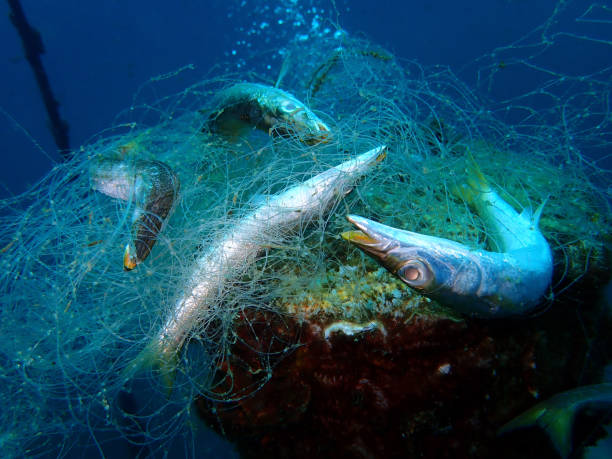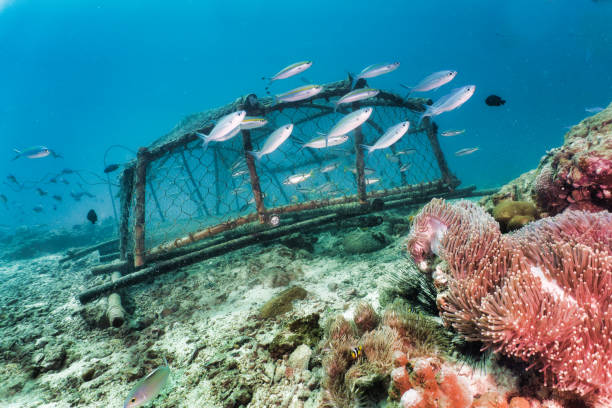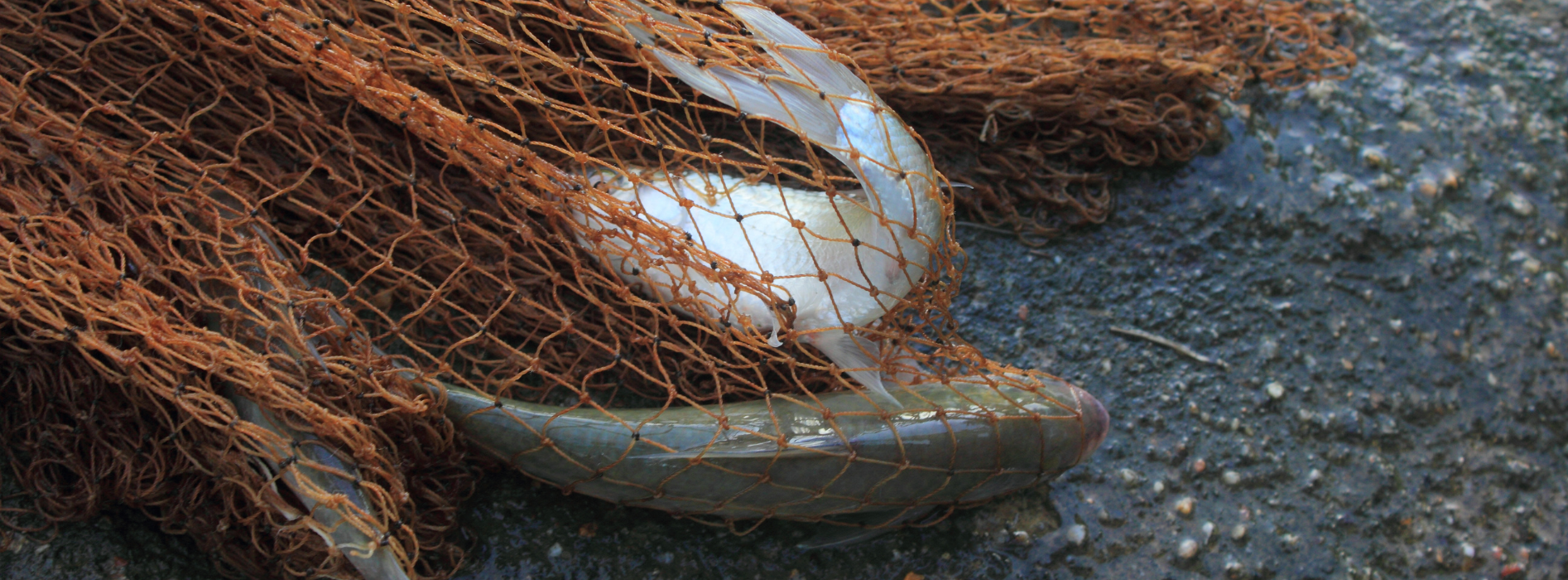Fishing equipment includes ropes, nets, and other required things for catching fish and other sea animals. In the process of catching sea animals, all this fishing waste gets lost or discarded at sea and becomes ghost equipment. By latest count, 6,40,000 to 8,00,000 tonnes of fishing equipment are lost or thrown annually worldwide into the sea, 10 percent of the globe’s plastic pollution and around 70 percent of all macro plastics when estimated by ocean weight. The Healthy Seas, an ocean-cleaning initiative that conducted the Perseus dives, has collected some 460 tonnes since it started in 2013. The nets take over 600 years to decompose, thereby making the pollution lethal.

Ghost net traps, entangles, suffocates, and kills the aquatic animals. They don’t only catch fish, but they also trap sea turtles, dolphins and porpoises, birds, sharks, seals, and more. These animals swim into the nets mistakenly and get entangled. It keeps animals from moving freely and they get injured when they try to escape. Since they can’t swim when stuck inside a net, it also keeps them from rising to the surface for some fresh air. Thousands of aquatic animals get caught in the ghost nets mistakenly which goes to show how dangerous these ghost nets are. It is the deadliest thing that can happen to sea animals because this equipment was always designed to kill. That is what it was made for. It has killed over 1,00,000 whales, dolphins, seals, and turtles, according to the 2018 World Animal Protection. They also harm coral reefs by breaking them, exposing them to disease, and even blocking the reefs from the sunlight they need. Innocent marine animals unknowingly consume all the microplastic waste as they think that it’s their food. It harms their internal organs, keeps them from eating, and exposes them to toxic chemicals. Seamounts, which are the underwater mountains get covered and littered by these ghost nets. It matters seriously because seamounts provide shelters to vulnerable fish, corals, and sponges. Marine vegetation plants that inhabit the seas and oceans including algae, grasses, mangrove trees, and shrubs also get affected.

Now, the question arises that what can we do to stop all this? You all must have read articles that give solutions like switching to sustainable fishing and tracing the ghost equipment to the owner to avoid dumping. These solutions work, no doubt, but why not eliminate the root cause? If we give up our seafood consumption, there is no need for sustainable fishing and tracing the ghost equipment. Raising awareness about this particular topic is the immediate next thing we can do to help marine animals. Seafood may compromise human health as marine animals live in a polluted environment and are exposed to toxic substances. Giving up the consumption of seafood will not only eliminate fishing waste but will also eliminate animal suffering and diseases in humans. Isn’t it a win-win for everyone? Please give this a thought.
References
- https://www.theguardian.com/sustainable-business/2016/feb/16/overfishing-is-as-big-a-threat-to-humanity-as-it-is-to-our-oceans
- https://www.seaspiracy.org/
- https://www.newindianexpress.com/lifestyle/travel/2020/sep/06/ghosts-of-fishing-gear-haunt-the-ocean-2192107.html
- https://www.worldwildlife.org/stories/our-oceans-are-haunted-by-ghost-nets-why-that-s-scary-and-what-we-can-do–23
- https://www.greenpeace.org/aotearoa/story/this-is-what-ghost-fishing-does-to-the-ocean/
